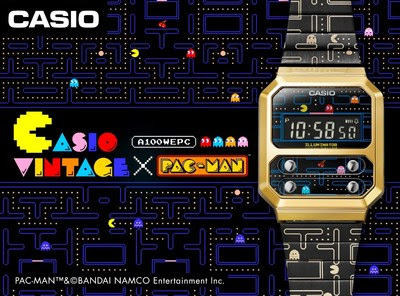A better cost-effective option is now available for dietary supplement, functional food, and beverage manufacturers.
Rancho Santa Margarita, Calif., July 20, 2021 (GLOBE NEWSWIRE) — Blue California joins with the innovative Massachusetts-based biotech company Conagen to announce the commercialization of high-purity, fermentation-derived nicotinamide mononucleotide (NMN). A nature-based metabolic component which has caught the attention of health-conscious consumers for supporting energy and longevity.
The quest to age healthily and support longevity is surging among health-conscious consumers. “Consumers are reassessing their dietary regimen to make room for ingredients that can support an increased healthspan,” said Chief Science Officer at Blue California, Dr. Priscilla Samuel.
NMN supplements are highly sought-after for healthy aging applications, including brain health, vitality, heart health, metabolic health, and even cosmetics. However, current NMN ingredients used in products on the market are mostly produced by chemical synthesis.
While consumers are exploring dietary supplements for a holistic approach to health, they are also demanding clean labels from their supplements, and moving away from synthetic ingredients. Blue California’s fermentation-derived NMN opens new opportunities for producers to consider consumers’ health more holistically while acquiring a closer-to-nature position.
NMN serves as a precursor to nicotinamide adenine dinucleotide (NAD+), a coenzyme present in all living cells and critical for mitochondrial function.
Increased intracellular levels of NAD+ boost energy production and improve cellular health, but levels decline dramatically with age. Replenishing NAD+ in the body with its precursor NMN has been proposed as a way to possibly combat age-related degeneration and increase healthy lifespan.
“Our fermentation-derived offering is well-positioned to capitalize on the growing recognition of NMN as an important ingredient in the food and supplement spaces,” said Samuel. “NMN is a well-known molecule in the longevity research community, and emerging research also suggests potential applications for immune health as well as sports nutrition.”
Harvard professor David Sinclair, a well-recognized leader in the field of aging research, is an advocate of NMN for improving the health of aging populations.
“NMN is a logical extension to our line of “longevity ingredients” which includes ergothioneine and pyrroloquinoline quinone. All of these molecules are made by our own proprietary fermentation processes, enabling our customers to better serve consumers who might reject chemically-derived ingredients,” said VP of Innovation at Conagen, Dr. Casey Lippmeier. “Because of the way we make it, Conagen’s NMN is of the highest purity and quality. It is also very cost-effective and compatible with clean-label trends, all of which demonstrates our strength as a strategic partner with Blue California.”
As innovation in dietary supplemental nutrition advances, so does the growth of global vitamin, mineral and supplement (VMS) launches. Mintel reported a growth of 67% of global VMS launches in Apr 2020 – Mar 2021, as compared to Apr 2016 – Mar 2017 — where the United States leads the VMS market.
Blue California is a vertically integrated technology company providing innovative ingredient solutions to global partners. With more than 20 years of innovation success, our ingredients are used in commercial products and applications in the industries of nutrition, personal care, healthy aging and wellness, functional food and beverage, and beauty. www.bluecal-ingredients.com
Conagen is making the impossible possible. Our scientists and engineers use the latest synthetic biology tools to develop high-quality sustainable nature-based products through systems of manufacturing on a molecular level and fermentation basis. We focus on the bioproduction of high-value ingredients for food, nutrition, flavors and fragrances, pharmaceutical, and renewable materials industries. www.conagen.com
Attachment
Ana Arakelian Blue California ingredients +1-949-635-1991 ana@bluecal-ingredients.com




